Have you ever felt a pang of worry leaving your child alone with a big, boisterous dog? You’re not alone. As much as we adore dogs, even the most loving breeds can sometimes surprise us. The truth is, certain breeds have traits that make them riskier playmates for kids. It’s not about blaming the dogs—it’s about understanding their needs, instincts, and personalities so everyone, both two- and four-legged, stays safe and happy. Let’s get honest, practical, and caring as we walk through the breeds you should always supervise around children, no matter how sweet they seem.
Pit Bull Terrier
Pit Bulls are famous for their loyalty, but they’re also known for their powerful jaws and sometimes unpredictable reactions. Their strength means even playful nips can get out of hand fast. If a Pit Bull feels threatened or overstimulated, their response can be intense, making them a risky match for small kids who don’t always understand canine body language.
Many Pit Bulls are sweethearts, but their fighting history means some have a lower tolerance for rough handling. Watch for signs like stiff posture, a hard stare, or quick, darting movements—these are red flags. Prevent trouble by teaching kids to respect boundaries, and always supervise play. Exercise and training help, but never leave them alone with young children.
Rottweiler

Rottweilers are natural protectors, bred to guard and herd. While they’re devoted family members, their guarding instinct can trigger if they sense “their” child is threatened—even during rowdy play. Their size and strength mean a simple bump could send a toddler flying.
Rottweilers need structure, socialization, and clear rules. If they growl, freeze, or block movement, it’s a cue to step in. Children should avoid hugging these dogs tightly or grabbing their toys. With proper management, Rotties can thrive, but always keep a watchful eye when kids are around.
German Shepherd
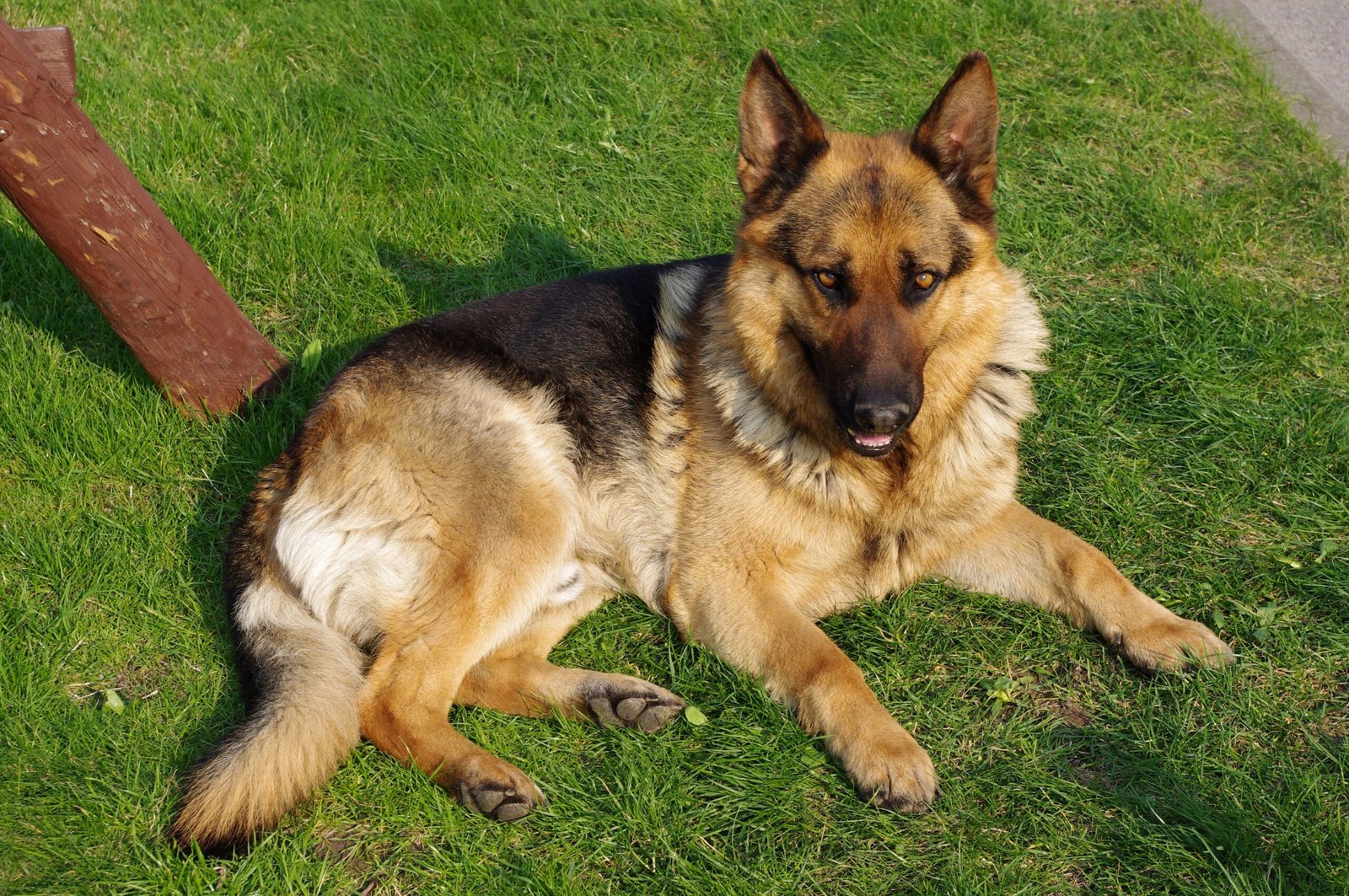
German Shepherds are famously intelligent and loyal, but their protective nature can lead to problems. They’re quick to react if they think their family is in danger—sometimes before you even see a threat. That hyper-vigilance can make them anxious around unpredictable child behavior.
Look for signs of stress, like lip-licking or yawning—subtle clues your Shepherd needs a break. Socialization is crucial, so they learn that kids’ shrieks and sudden moves aren’t threats. Shepherds need mental and physical stimulation to stay calm. Unattended play with small children is a recipe for accidents.
Alaskan Malamute
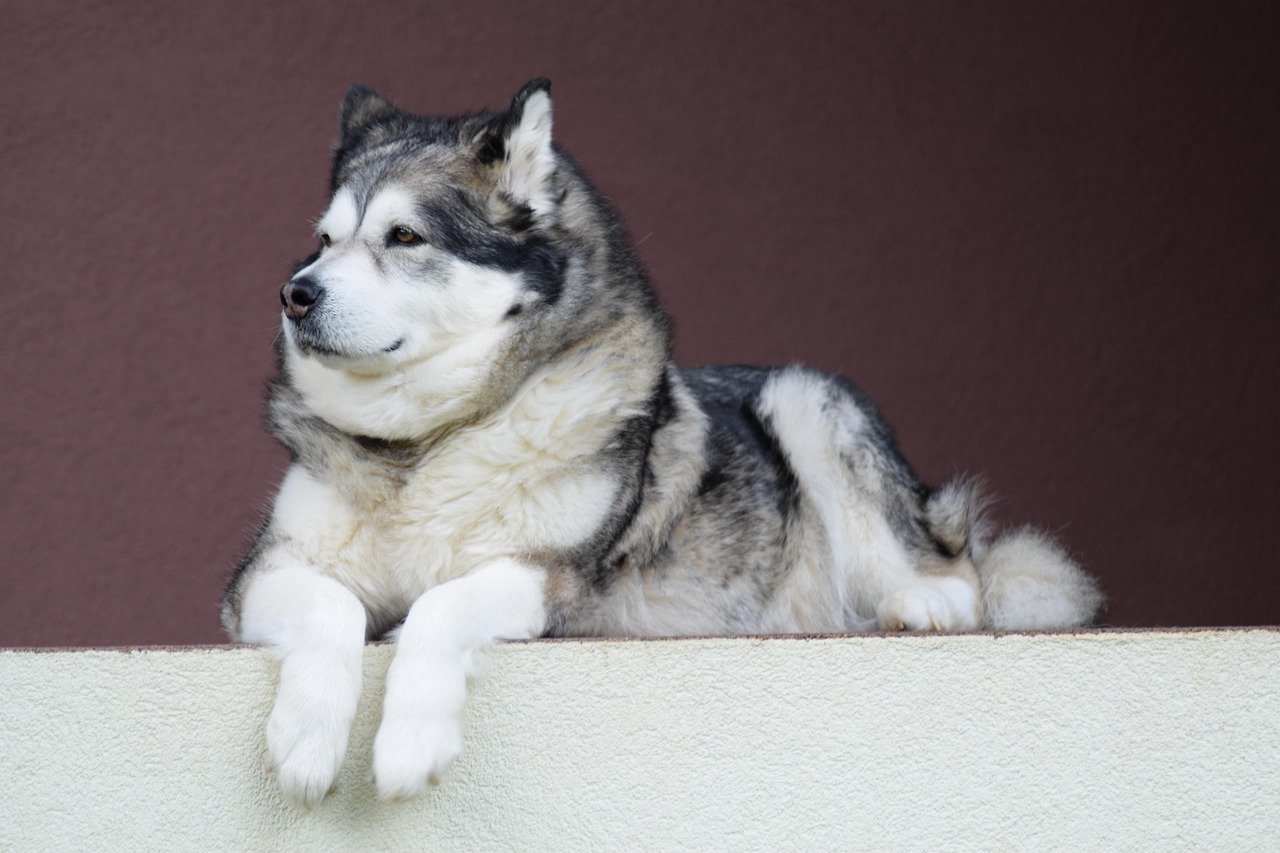
Malamutes are majestic and playful, but they have a stubborn independent streak. These big, strong dogs love to roughhouse, and sometimes forget their own power. Their prey drive can kick in unexpectedly, especially if a child runs or squeals.
Because Malamutes don’t always listen to commands when excited, they need firm, patient training. Teach kids not to take food or toys from them. If you notice raised hackles or a “whale eye” (showing the whites), call a timeout. Malamutes love family, but they need supervision to keep everyone safe.
Doberman Pinscher
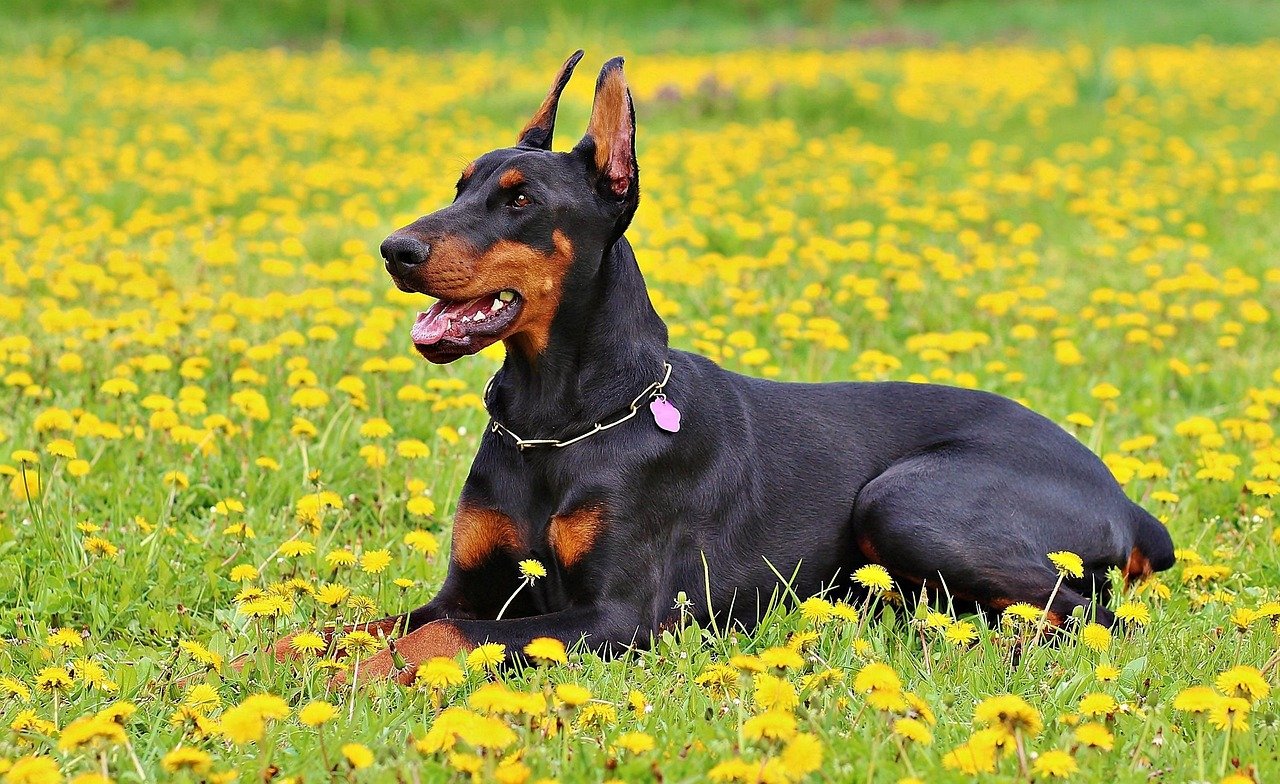
Dobermans are alert, loyal, and sometimes intense. Their protective instinct is legendary—they’ll do anything for “their” people. But this can backfire if they misinterpret a child’s roughhousing as a threat.
Watch for body language like a rigid tail or ears held back. Teach children to approach calmly and never startle a Doberman from behind. Early socialization and obedience training work wonders. While Dobermans can be loving companions, it’s best never to leave kids alone with them.
Husky
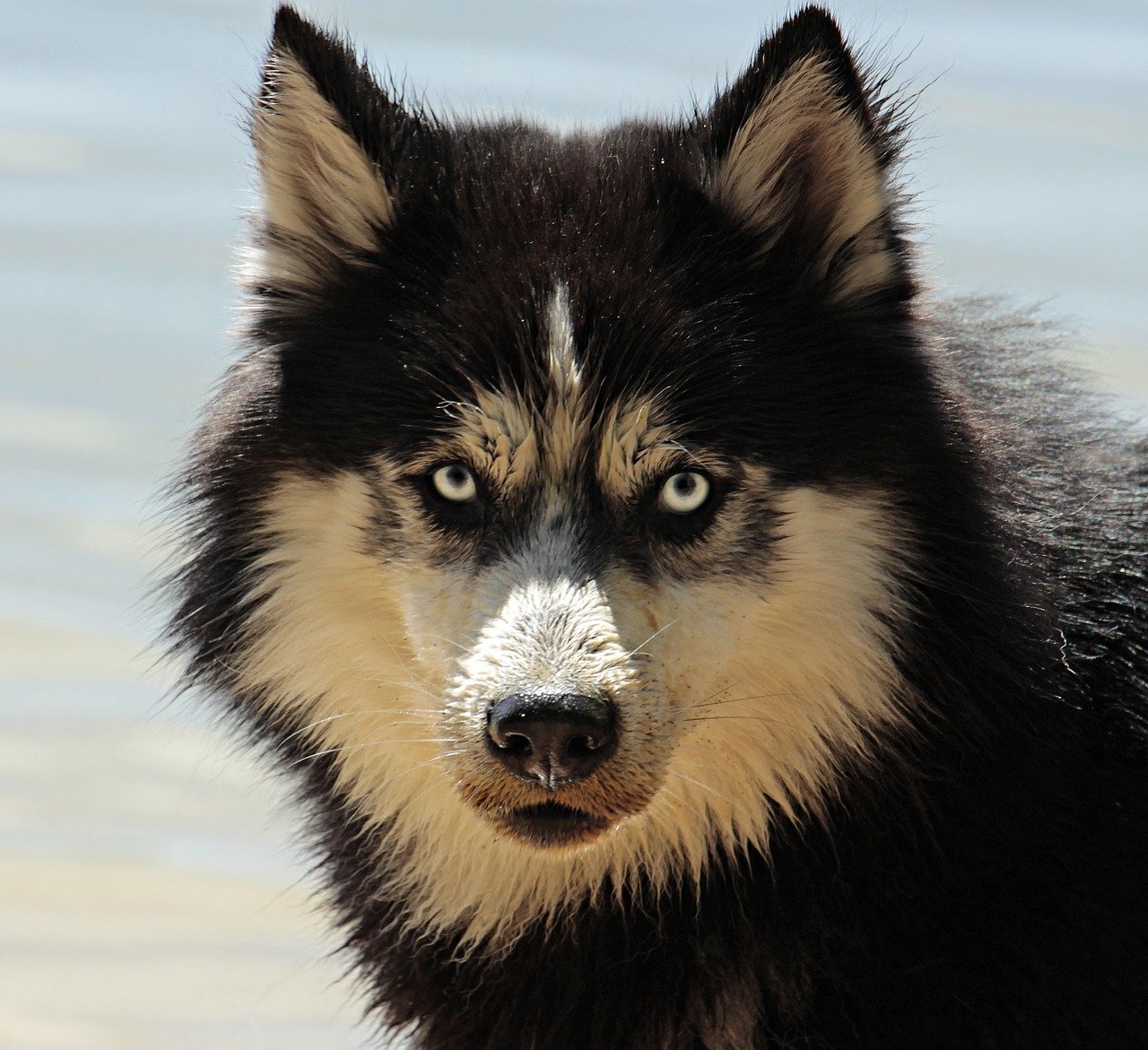
Huskies look like cuddly wolves with their blue eyes and fluffy coats, but don’t be fooled. They have unstoppable energy and a mischievous streak. Sometimes they play too rough, forgetting their own strength. If a child yells or dashes away, a Husky’s chase instinct might take over.
Signs of overstimulation include spinning, barking, or jumping up. Huskies need exercise—lots of it—to burn off energy. Teach kids not to tease or tug fur. Huskies do best in active homes with older children who understand boundaries.
Chow Chow
Chow Chows are teddy bears in appearance but can be surprisingly aloof and territorial. They often bond with one person and may be wary of strangers, including children visiting your home. If startled, they can snap out of fear.
Chows show discomfort by turning away, growling softly, or flattening their ears. Children should be taught never to approach a Chow while it’s eating or sleeping. Consistent, gentle handling helps them feel secure, but unsupervised play is risky.
Presa Canario
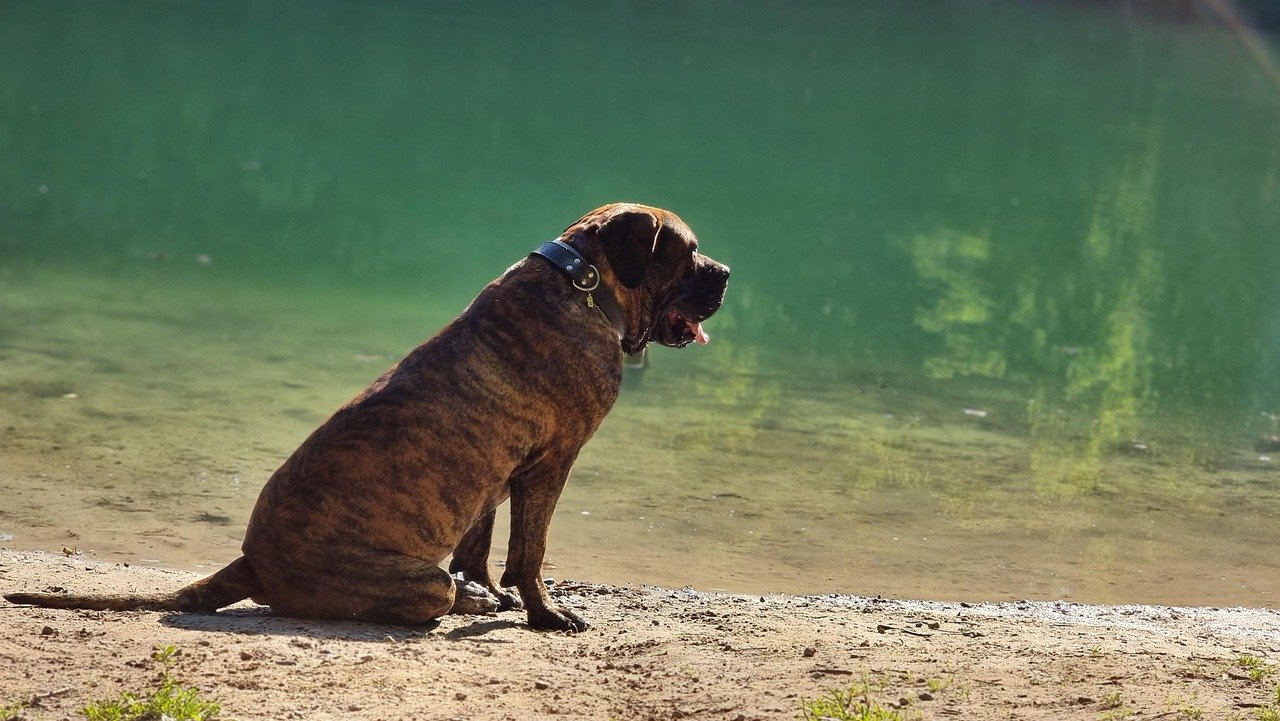
The Presa Canario is a powerful, muscular breed originally bred for guarding livestock. Their protective nature and sheer size mean accidents can happen in a blink. They can be slow to trust strangers, including kids who aren’t part of the household.
Warning signs include tight lips and a stiff body. Never allow children to climb on or pull at a Presa Canario. These dogs need experienced handlers and careful socialization. Families with young children should opt for a more predictable breed.
Akita
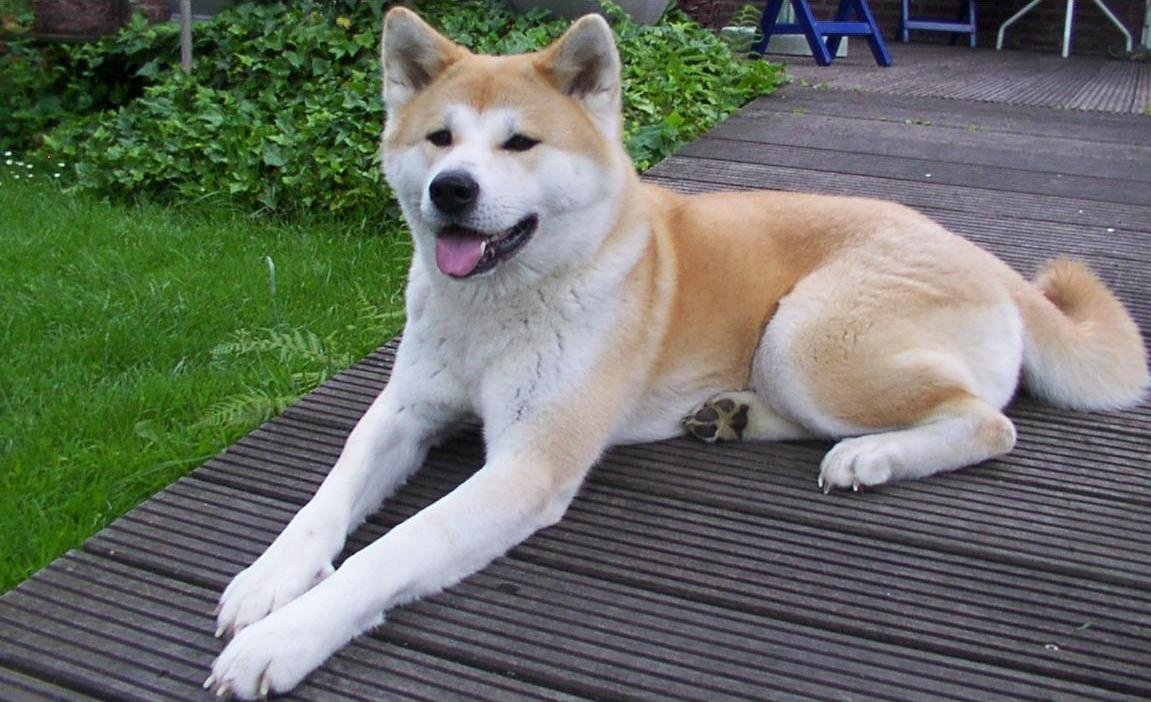
Akitas are dignified, loyal, and sometimes stubborn. They can be fiercely protective of their family, but less tolerant of unfamiliar children. Quick movements, high-pitched noises, or crowding can trigger their guarding instincts.
Akitas may give a warning “grumble” or walk away when uncomfortable. Kids should respect their space and avoid hugging tightly. Akitas are best in homes with older children who understand canine boundaries. Always supervise interactions.
Dogo Argentino
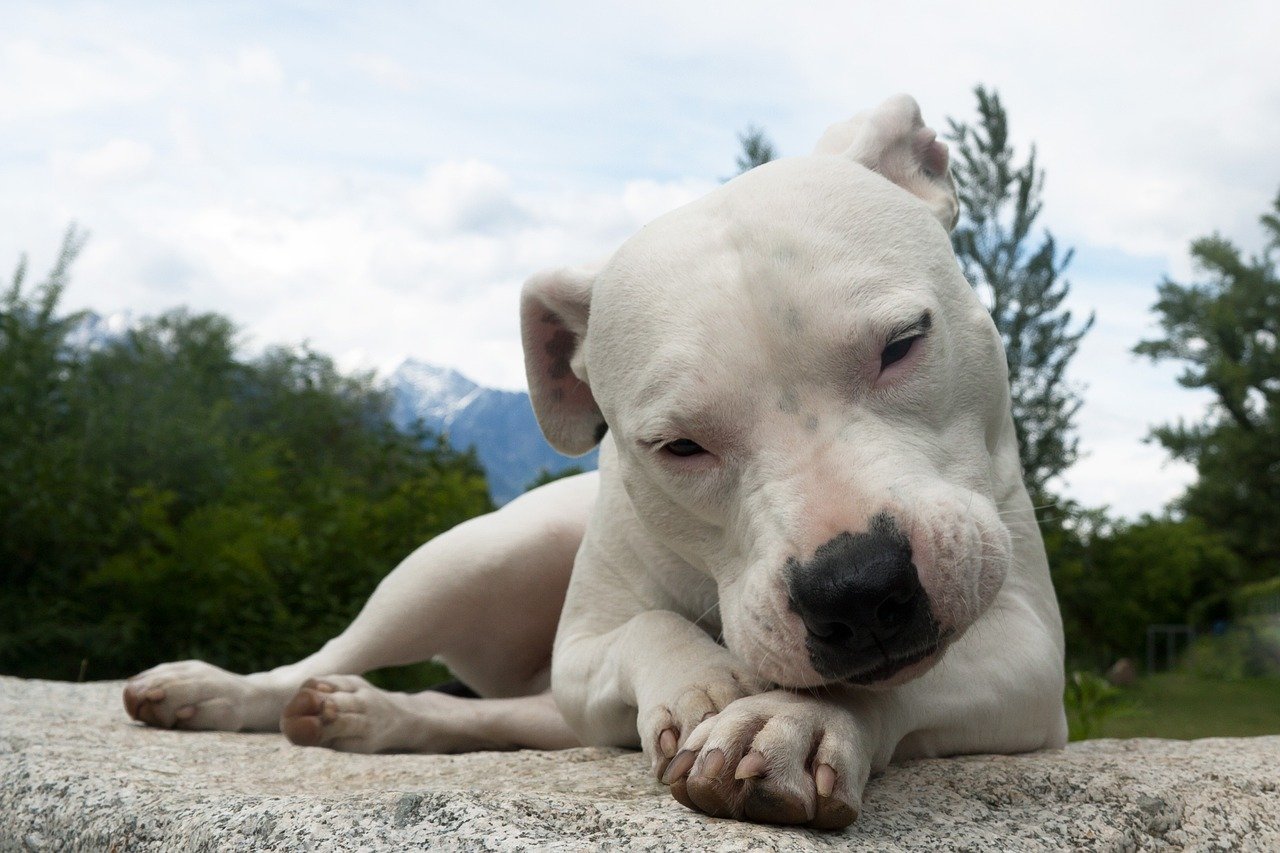
Dogo Argentinos are athletic, brave, and bred for big game hunting. Their high prey drive and strong-willed nature can lead to trouble if a child starts running or squealing. Despite their devotion to family, they can struggle with unpredictable behavior.
Signs of stress include pacing, whining, or a stiffened posture. Dogos need early, consistent training and lots of exercise. Kids should never try to take a toy or food from them. With the right management, they can be wonderful, but not unsupervised with little ones.

Born and bred in South Africa, a Capetonian at heart. Amy-Leigh’s love for nature and animals was inherited from her Dad. He loves taking the family on road trips to experience nature at its finest; Amy-Leigh’s favourite being whale watching in Hermanus and spotting Kudu along the West Coast. Amy-Leigh holds a BA in English Literature and Communication Studies.





